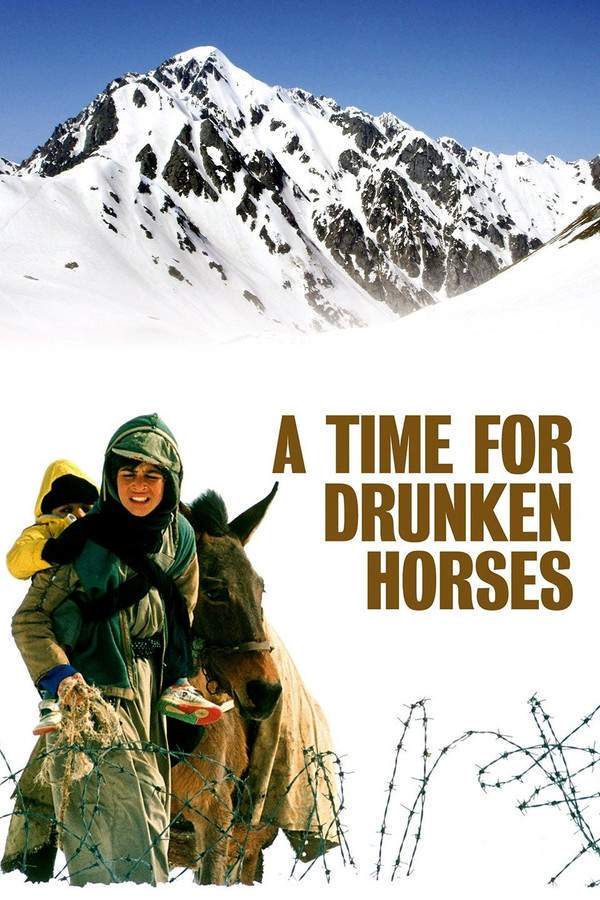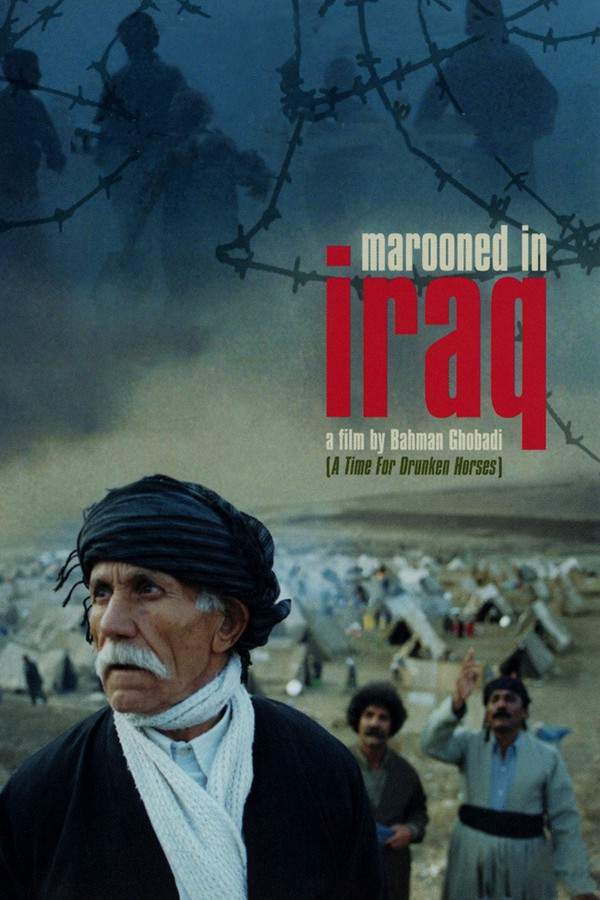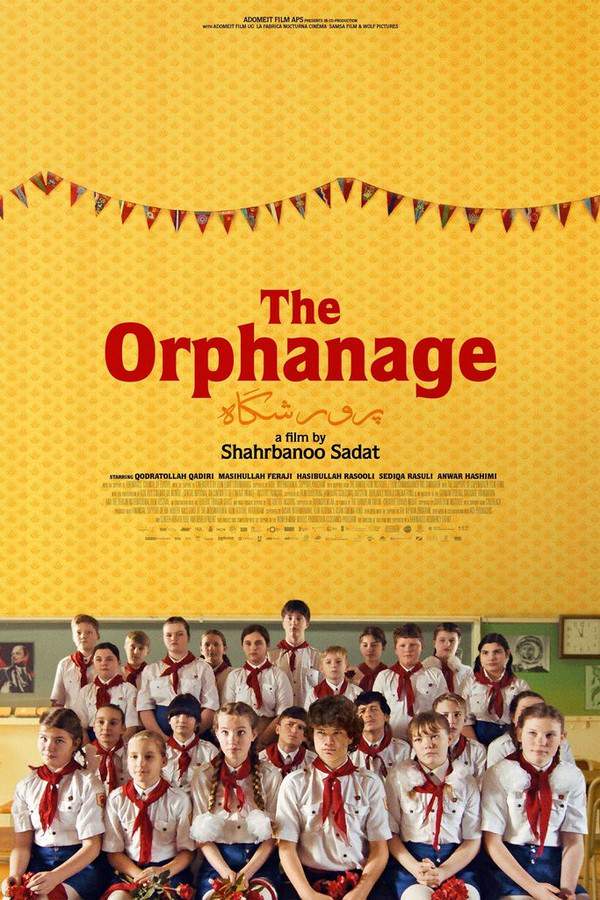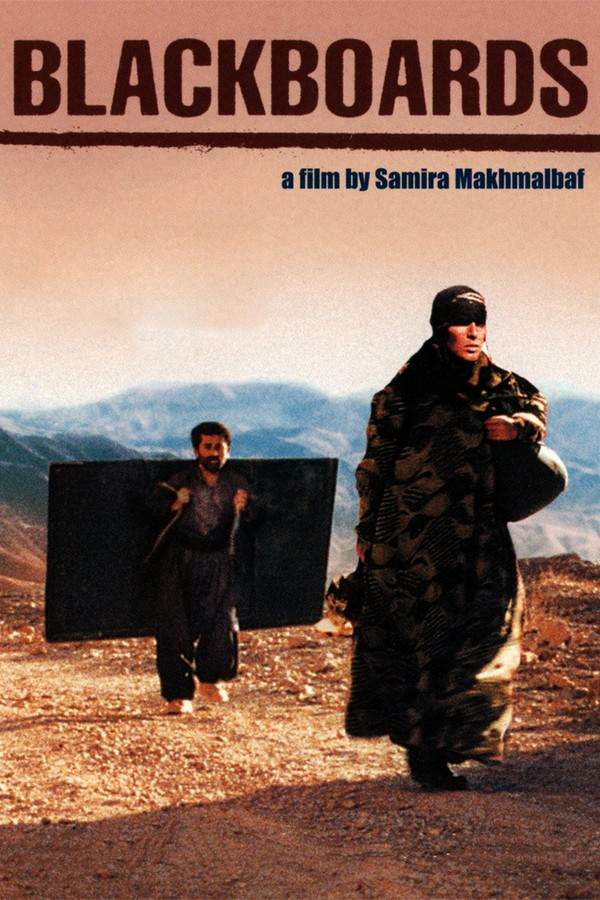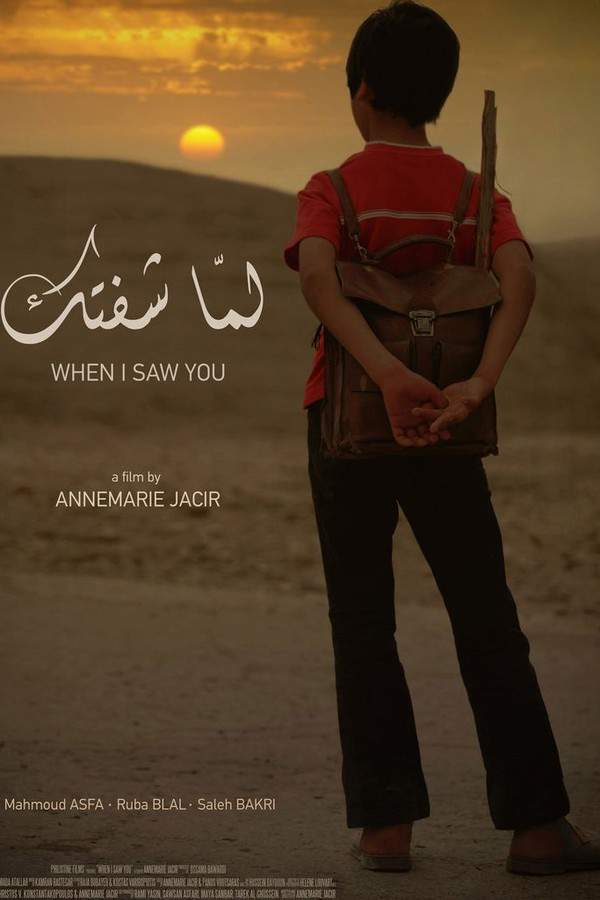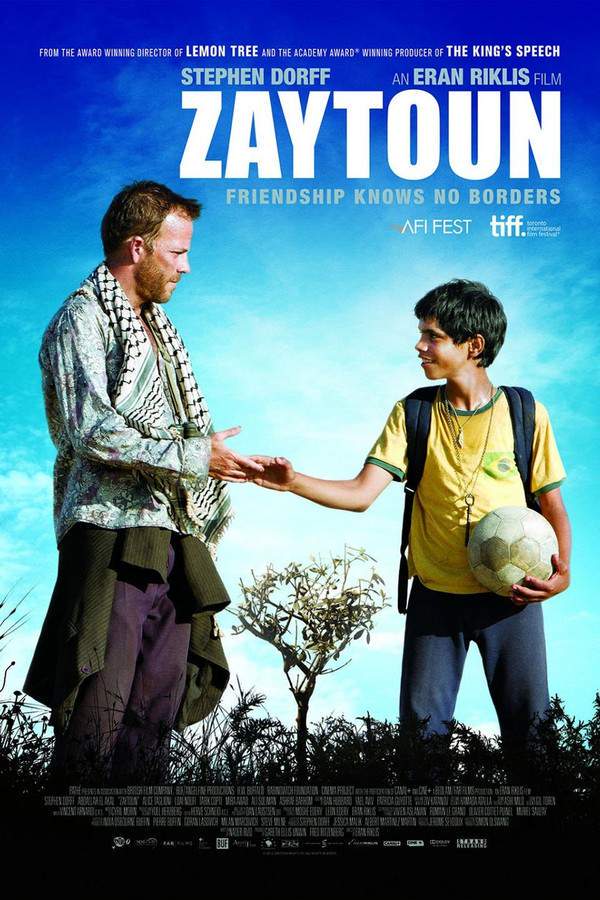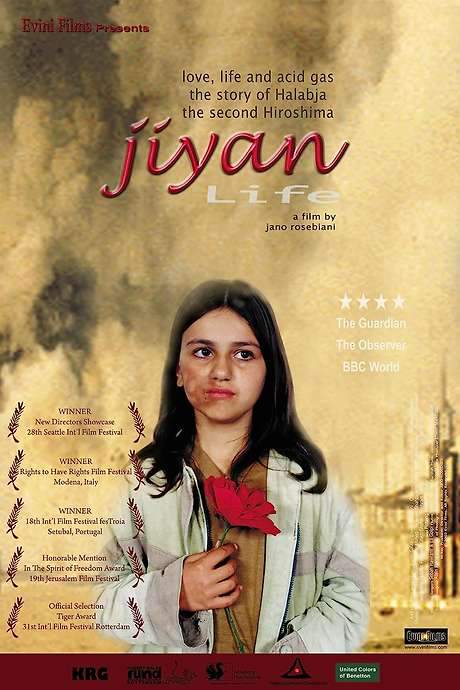Turtles Can Fly 2005
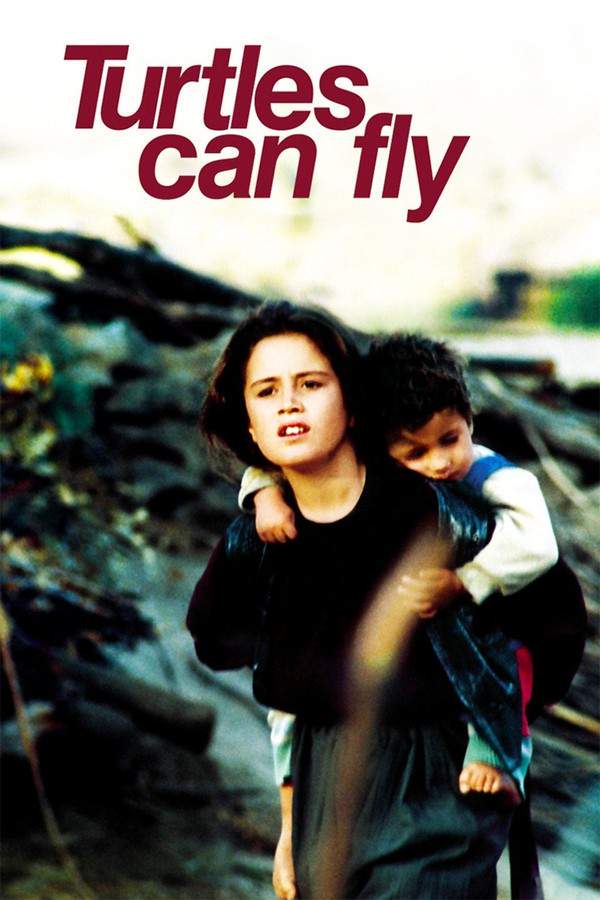
Amidst the looming shadow of the Iraq War, this drama portrays the lives of children in Kurdistan facing displacement and hardship. They navigate a world shaped by conflict, where hope is scarce and the impact of war weighs heavily on their young lives. The film offers a poignant look at resilience and the enduring spirit of those affected by devastating circumstances.
Does Turtles Can Fly have end credit scenes?
No!
Turtles Can Fly does not have end credit scenes. You can leave when the credits roll.
Meet the Full Cast and Actors of Turtles Can Fly
Explore the complete cast of Turtles Can Fly, including both lead and supporting actors. Learn who plays each character, discover their past roles and achievements, and find out what makes this ensemble cast stand out in the world of film and television.
External Links and Streaming Options
Discover where to watch Turtles Can Fly online, including streaming platforms, rental options, and official sources. Compare reviews, ratings, and in-depth movie information across sites like IMDb, TMDb, Wikipedia or Rotten Tomatoes.
Ratings and Reviews for Turtles Can Fly
See how Turtles Can Fly is rated across major platforms like IMDb, Metacritic, and TMDb. Compare audience scores and critic reviews to understand where Turtles Can Fly stands among top-rated movies in its genre.

85
Metascore
7.1
User Score


%
TOMATOMETER

0%
User Score

8.0 /10
IMDb Rating

77
%
User Score
Take the Ultimate Turtles Can Fly Movie Quiz
Challenge your knowledge of Turtles Can Fly with this fun and interactive movie quiz. Test yourself on key plot points, iconic characters, hidden details, and memorable moments to see how well you really know the film.
Turtles Can Fly Quiz: Test your knowledge on the powerful narrative and characters of 'Turtles Can Fly'.
What alias does the protagonist, Soran, go by?
Kak Satellite
Hengov
Riga
Somebody Else
Show hint
Full Plot Summary and Ending Explained for Turtles Can Fly
Read the complete plot summary of Turtles Can Fly, including all major events, twists, and the full ending explained in detail. Explore key characters, themes, hidden meanings, and everything you need to understand the story from beginning to end.
The story unfolds in a Kurdish refugee camp located on the Iraq–Turkey border, just before the US invasion of Iraq. At the heart of the narrative is a thirteen-year-old boy, Soran Ebrahim, who is affectionately called Kak Satellite. Known for his skill in installing satellite dishes and antennas for local villages eager for updates about Saddam Hussein, Kak Satellite’s limited grasp of the English language stems from his interactions with the American forces during their invasion. He stands out as a dynamic yet manipulative leader among the children, orchestrating the perilous task of sweeping and clearing minefields. Despite many of these youngsters suffering various injuries, they maintain a spirited chatter as they devote themselves to their work amidst their challenging lives.
Kak Satellite is not just a leader; he is resourceful in trading undetonated mines. His feelings deepen for Agrin, a girl from Halabja who has recently joined the camp and is confronting her own demons. Agrin, often somber and lost in her thoughts, travels with her disabled brother Hengov, who bears the burden of his clairvoyant abilities that have marred his reputation. They care for a blind toddler named Riga, whom they consider their “little brother.” The backstory of Agrin is harrowing; she gave birth to Riga following a tragic incident with Ba’ath soldiers, which involved gang rape and violent attempts to drown her and her brother. Unfortunately, Agrin perpetually sees Riga as a reminder of her trauma, unable to view him without feeling tainted by her brutal past.
In her desperate struggle, Agrin attempts to abandon the child and even contemplates suicide on several occasions, including a failed attempt to burn herself in a nearby lake. Her anguish leads her to tie Riga to a tree to rid herself of the burden. However, the situation worsens when he wanders into a minefield. During a harrowing rescue attempt, Kak Satellite is injured by an explosive. After numerous desperate tries, Agrin ties Riga to a rock and tragically throws him into the lake before choosing to end her own life by jumping off a cliff.
In a heartbreaking twist, Hengov perceives a vision of their loved ones in peril and rushes out of their tent, only to arrive too late to save them. He ultimately discovers his nephew’s body at the lake’s bottom but is powerless to free him due to his disability. In a moment of deep sorrow, Hengov mourns on the cliff where Agrin made her fateful jump. Meanwhile, a severely injured Kak Satellite watches as the American soldiers pass by, their earlier charm and hope has vanished, leaving him disillusioned by the intervention.
Uncover the Details: Timeline, Characters, Themes, and Beyond!

Coming soon on iOS and Android
The Plot Explained Mobile App
From blockbusters to hidden gems — dive into movie stories anytime, anywhere. Save your favorites, discover plots faster, and never miss a twist again.
Sign up to be the first to know when we launch. Your email stays private — always.
Watch Trailers, Clips & Behind-the-Scenes for Turtles Can Fly
Watch official trailers, exclusive clips, cast interviews, and behind-the-scenes footage from Turtles Can Fly. Dive deeper into the making of the film, its standout moments, and key production insights.
Turtles Can Fly Themes and Keywords
Discover the central themes, ideas, and keywords that define the movie’s story, tone, and message. Analyze the film’s deeper meanings, genre influences, and recurring concepts.
Turtles Can Fly Other Names and Titles
Explore the various alternative titles, translations, and other names used for Turtles Can Fly across different regions and languages. Understand how the film is marketed and recognized worldwide.
Similar Movies To Turtles Can Fly You Should Know About
Browse a curated list of movies similar in genre, tone, characters, or story structure. Discover new titles like the one you're watching, perfect for fans of related plots, vibes, or cinematic styles.
Quick Links: Summary, Cast, Ratings, More

What's After the Movie?
Not sure whether to stay after the credits? Find out!
Explore Our Movie Platform
New Movie Releases (2025)
Famous Movie Actors
Top Film Production Studios
Movie Plot Summaries & Endings
Major Movie Awards & Winners
Best Concert Films & Music Documentaries
Movie Collections and Curated Lists
© 2025 What's After the Movie. All rights reserved.














